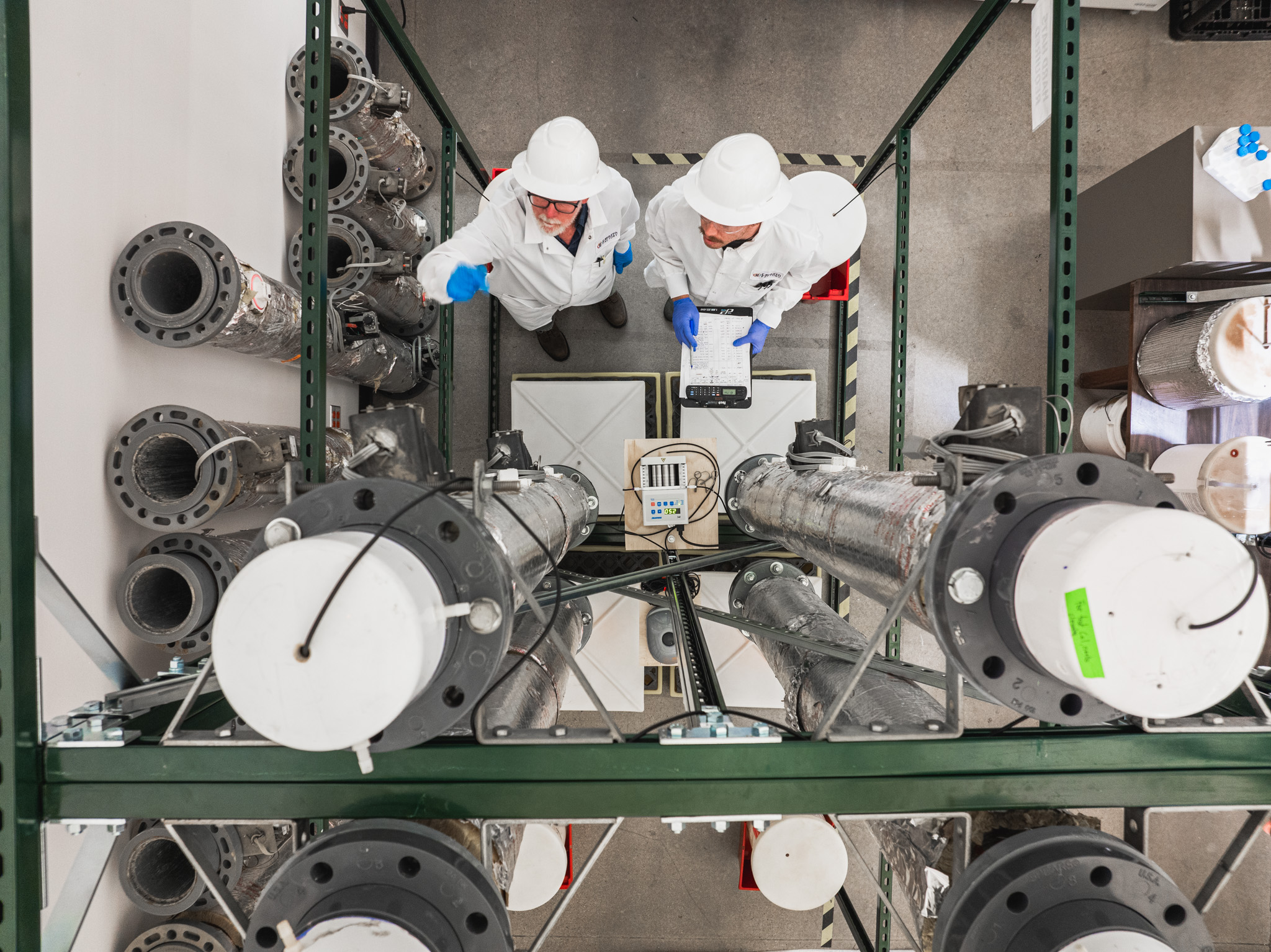Algae has been a focus within renewable energy, specifically for biofuels, for decades. In the 1970s, the U.S. funded the Aquatic Species Program, which targeted research on algae. Algae then became a trending topic for renewable energy in the early 2000s. The U.S. went on to pour even more money into algae research from 2005 to 2012. After 2012, many of the major oil companies, like Shell and Chevron pulled out of algae research, after seeing little profit.
According to the Harvard Political Review, algae research had been overhyped as a biotechnology product for new energy. As a product, biotech algae cannot economically compete with fossil fuels. Growing algae on an industrial scale requires large quantities of water and energy, making it not very profitable as renewable energy. Hypothetically, algae would need 107% of the U.S.’s nitrogen supply, just to meet 5% of the energy needs for the transportation sector. Some experts have suggested making algae genetically modified, as it would be able to produce more biofuel, but there is concern that these GMO algae could cause ecological damage if released into the wild accidentally.
While the pullout from many big names in the fuel industry has made it hard to create partnerships or get funding, there is still one big company pursuing biotech algae as new energy. ExxonMobil has paired with Synthetic Genomics and is using CRISPR DNA biotechnology to try to create algae biofuel. Synthetic Genomics has set a goal to produce 10,000 barrels of algae biofuel a day by 2025. This goal, while lofty, is a mere drop in the bucket compared to the millions of barrels of oil used by the U.S. daily. It’s important to note that ExxonMobil is still making oil as its main product, which is causing some experts to suspect that its investment in algae biotechnology is merely for green advertising. Many have suggested that ExxonMobil could make a bigger impact moving part of its $285 billion of net worth from algae research to other renewable energy sources.
The journey to algae biofuel may have more success than originally expected. At the Gratz University of Technology in Austria, researchers are producing small LED beads to inject directly into the algae so it can absorb more light. Whether this will make algae biofuel more cost-effective or not is unknown, but it does give promise to future biofuel resources.

While algae as a biofuel seem to have slowed in research interest, algae biotechnology has had success in other industries. Companies like Algalife have created algae-based fibers and textiles for the fashion industry, while others like Algenesis are making biodegradable surfboards and flip-flops. There’s even algae ink, produced by Living Ink in the UK, who are using a type of algae called cyanobacteria, to make the ink more environmentally friendly. The research around algae has taught us that this amazing group of organisms can be a powerful new material for many industries, but there is still time before it is ready to become a biofuel.
References:
“After Years of Neglect, Algae Biotechnology Makes a Comeback.” Biotech News, 25 Aug. 2021.
“Cyanobacteria as ‘Green’ Catalysts in Biotechnology.” 2020. ScienceDaily. October 5, 2020.
Kirk, David. 2019. “Resurgence of Algae in Biotech: From Fuels to Foods.” BioSpace, 23 Oct. 2019.
Nairn, Carly. 2021. “ExxonMobil Pursues Algae Biofuel as a Renewable Energy Future.” NowThis News, 9 July 2021.
Winters, Joseph. 2020. “The Myth of Algae Biofuels.” Harvard Political Review, 26 Jan. 2020.
Image courtesy of Freepik.com
To stay informed about the climate industry explore our latest climate news.







